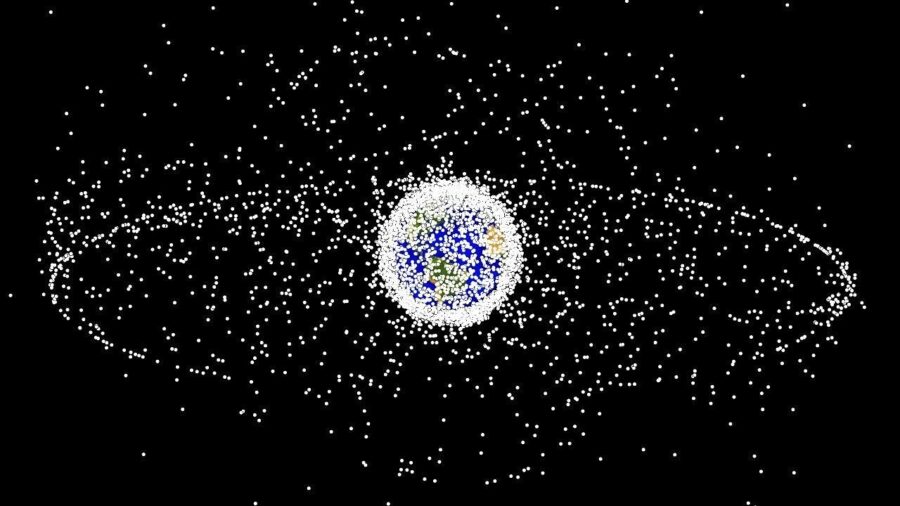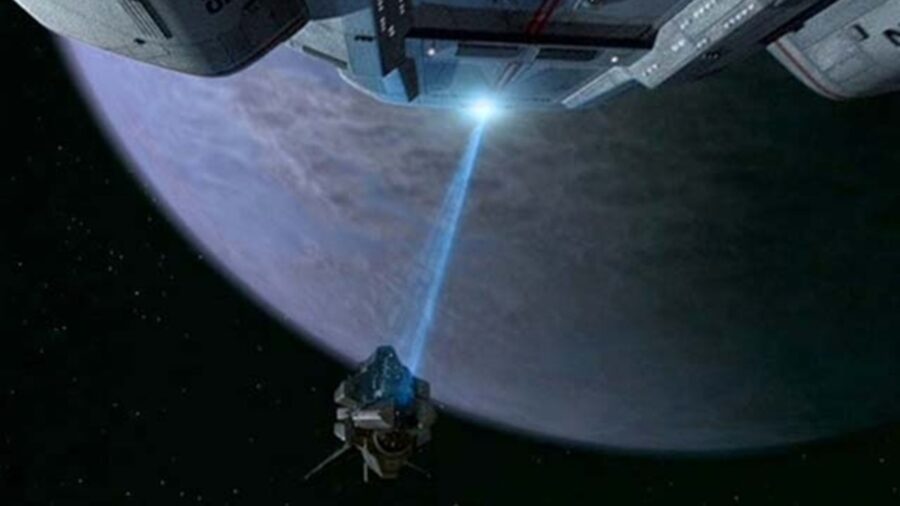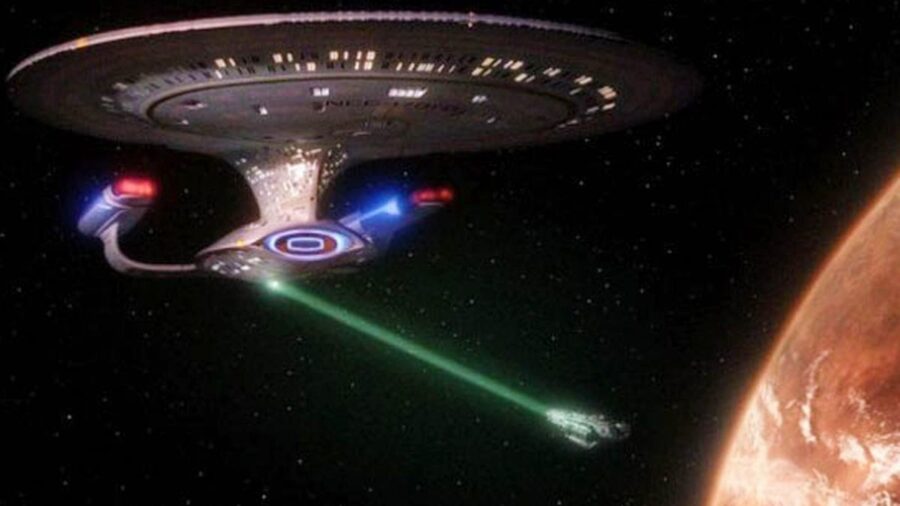Tractor Beams Are Real And Could Save Space

Star Trek fans rejoice: tractor beams no longer belong exclusively in the realm of science fiction. As reported by Live Science, researchers currently transform fantasy into reality, creating technology capable of playing a crucial role in mitigating the growing threat of space debris.
Researchers Are Building Tractor Beams To Clean Up Space Debris

The emerging real-life tool, so similar to tractor beams from Star Wars, differs from its fictional counterpart in a meaningful way: its use. It chiefly aims to address a growing and admittedly less glamorous challenge—managing space junk. Indeed, while unromantic, these cutting-edge, real-life tractor breams employ electrostatic attraction to maneuver defunct satellites out of geostationary orbit (GEO). Essentially, they clean up the increasingly cluttered space surrounding Earth.
With More Satellites Than Ever, Space Junk Has Become A Serious Problem

The tractor beam technology handles a coming challenge. The surge characterizing the space industry forecasts a sharp uptick in satellites orbiting the Earth. This increase turns our orbit into a veritable, gigantic junkyard, introducing the risk of collision with active satellites.
Other dangers include space junk reentering our atmosphere, potential environmental damage, and obscured astronomical observation. Ultimately, the situation highlights a pressing need—one for pragmatic and effective space debris removal strategies, where electrostatic tractor beams enjoy a pivotal role.
How The Tractor Beam Concept Will Work

The University of Colorado Boulder’s professor Hanspeter Schaub initially conceptualized the electrostatic tractor, inspired by sci-fi and the calamitous collision between Iridium 33 and the Kosmos 2251 in 2009. Schaub’s brilliant system utilizes a service spacecraft equipped with an electron gun. This gun engenders an electrostatic attraction bound to a target satellite before repositioning it without physically touching it.
Pretty amazing.
The electrostatic attraction between the positively charged servicer/gun and the negatively charged, defunct satellite empowers the tractor beam to tug the satellite out of orbit. Ideally, following this step, the gun would drift the targeted satellite to a graveyard orbit, satisfactorily far from active orbital paths.
The Initiative Faces Hurdles, But If Done Right, It Offers The Best Solution To Remove Space Junk

Still, despite its promise, the technology faces hurdles. First is the substantial financial investment required for real-world development and deployment. Also, the electrostatic tractor currently operates slowly—too slowly to be marketable. If only hindered by funding constraints, a full-scale operational version of the tractor beam remains a decade away.
However, undeniably, the electrostatic tractor offers a unique solution to the augmenting space debris problem. Its touchless nature provides a significant advantage over alternative debris removal methods, like nets or harpoons. Both of which risk further debris generation through collision and fragmentation. Unlike nets and harpoons, the nascent technology assures safety and efficiency—albeit, at least right now, at a slow pace.
The Tractor Beam Concept Is Still In Early Development

Committed to achieving a viable, affordable version of the technology, CU Boulder researchers conduct experiments in their (prepare for a mouthful) Electrostatic Charging Laboratory for Interactions between Plasma and Spacecraft (ECLIPS). All-important in refining the tractor beams and inching them closer to an actual space mission, these experiments progress despite the daunting financial and technical challenges.
Regardless, the CU Boulder scientists and experts in the field express marked optimism about the tool’s feasibility and prospective impact–while acknowledging its early stages of development. Though the road to widespread application will be fraught with obstacles, the need for the technology remains dire. This need will only become more significant.












